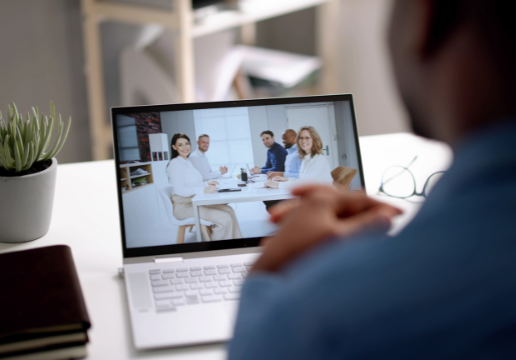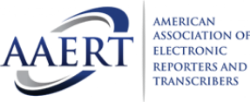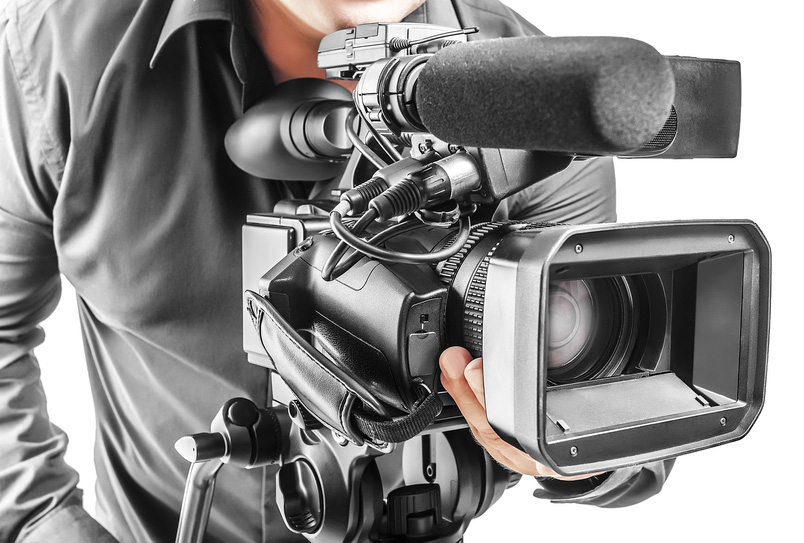Legal Videography: A Key Asset for Effective Trial Presentations
Legal Videography: A Key Asset for Effective Trial Presentations
Blog Article
Why Lawful Videography Is Vital for Accurate Court Recordings
The role of legal videography in court room settings can not be overstated, as it serves as a vital device for preserving the stability of court documents. The implications of incorporating lawful videography into basic court methods elevate essential concerns concerning its broader effect on the lawful system.
Importance of Visual Evidence
In the world of lawful proceedings, the value of visual evidence can not be overstated. Aesthetic proof works as an effective device in establishing facts, supporting testimonies, and enhancing the overall clearness of a situation. This type of evidence, that includes pictures, video clips, and layouts, can provide a tangible context that verbal descriptions commonly lack, thus using juries and judges a clearer understanding of the situations surrounding a situation.
Additionally, aesthetic evidence help in the retention of information. Human cognition is naturally aesthetic, and individuals are most likely to bear in mind and understand details offered in a visual style. In the court, this can be vital, as engaging aesthetic evidence can sway opinions and reinforce the narrative presented by lawful agents.
In addition, using visual proof can decrease misconceptions and uncertainties that commonly develop from verbal exchanges. By providing a straight depiction of events, visual proof assists to get rid of subjective interpretations and cultivates a more objective examination of the realities. As a result, the combination of visual proof into lawful procedures not only enhances the integrity of the judicial procedure however also boosts the probability of accomplishing a just end result.
Recording Non-Verbal Hints
Utilizing sophisticated videography techniques can dramatically improve the capture of non-verbal cues during legal procedures. Non-verbal interaction, consisting of faces, body movement, and eye contact, plays an important function in conveying emotions and intents that might not be explicitly mentioned in spoken testament. legal videography. Legal videography utilizes high-def video cameras and strategic angles to make sure that these refined cues are videotaped with clearness and accuracy
The ability to examine non-verbal actions can offer useful context to declarations made during court sessions. A witness's hesitation or self-confidence can be interpreted through their pose or motions, possibly affecting the jury's perception of trustworthiness. The use of close-up shots can help focus on a speaker's expressions, enabling for a much more nuanced understanding of the testament.
In addition, integrating several camera angles can produce a thorough sight of communications, highlighting characteristics in between events entailed. This diverse method not only improves the accuracy of the court record but additionally help in maintaining the stability of the judicial procedure - legal videography. Eventually, catching non-verbal hints through lawful videography fosters a richer, much more total representation of courtroom process

Enhancing Testimony Integrity
The dependability of testimony can be dramatically boosted through using premium legal videography. Video clip recordings act as an unbiased medium that catches not only the spoken words of witnesses yet likewise the subtleties of their shipment, consisting of tone, pacing, and emotional expressiveness. This diverse documentation gives a clearer understanding of the witness's credibility and intents, which can be pivotal in legal process.
Additionally, lawful videography reduces the possibility for misinterpretations that might arise from composed records alone. When jurors can observe a witness's disposition and body movement along with their statement, they are much better outfitted to evaluate the credibility and integrity of the evidence provided. This aesthetic context can enhance the testimonial narrative, making it much more engaging and credible.
Furthermore, the existence of a video clip recording can hinder potential variances in testament. Witnesses might be more careful in their statements when they recognize they are being videotaped, resulting in more precise and sincere accounts. On the whole, top quality legal videography improves the stability of statement, making certain that the court has accessibility to a complete and truthful representation of the facts as conveyed by the witnesses.
Supporting Appeals and Reviews
Legal videography plays a vital duty in sustaining allures and testimonials by supplying Continued a thorough aesthetic document of court procedures. This aesthetic documents captures not only the talked words of witnesses and lawyers yet additionally the subtleties of body language, tone of voice, and courtroom dynamics. Such components can be crucial in recognizing the context of testaments and disagreements provided.
In the appellate process, where the emphasis gets on errors of legislation and procedural fairness, a video clip document can act as an important tool for appellate courts. It makes it possible for courts to evaluate the original test context, making certain that choices are based on a total understanding of the procedures. The capacity to visually evaluate the attitude of witnesses or the communications between parties can disclose understandings that written records may overlook.

Furthermore, legal videography can help in clarifying obscurities in testimonies or step-by-step judgments, thereby enhancing the basis for an appeal. By supplying a trusted, objective account of what taken place in court, lawful videography not only sustains the stability of the legal process but likewise encourages all parties included to make informed choices regarding their situations.
Improving Court Room Procedures
Enhancing court performance, lawful videography improves processes by offering instant accessibility to aesthetic documents of procedures. This innovation allows judges, lawyers, and courts to take another look at critical testament and evidence, guaranteeing that all celebrations have a clear understanding of the case. By capturing the subtleties of verbal and non-verbal interaction, videography improves the document, making it less complicated to realize the context and weight of testimonies.

Additionally, video clip recordings can promote remote engagement in hearings, allowing for better try this out adaptability in organizing and engagement, which is particularly beneficial in complicated cases entailing several stakeholders.
Conclusion
Finally, legal videography plays an essential function in ensuring accurate court recordings by supplying vital visual evidence that records both verbal and non-verbal interaction. This practice improves the reliability of statements, sustains appellate evaluations, and streamlines court room processes. By promoting a comprehensive understanding of important source court characteristics, legal videography eventually adds to much more fair judicial outcomes, strengthening the honesty of the legal system and promoting informed decision-making.
Report this page